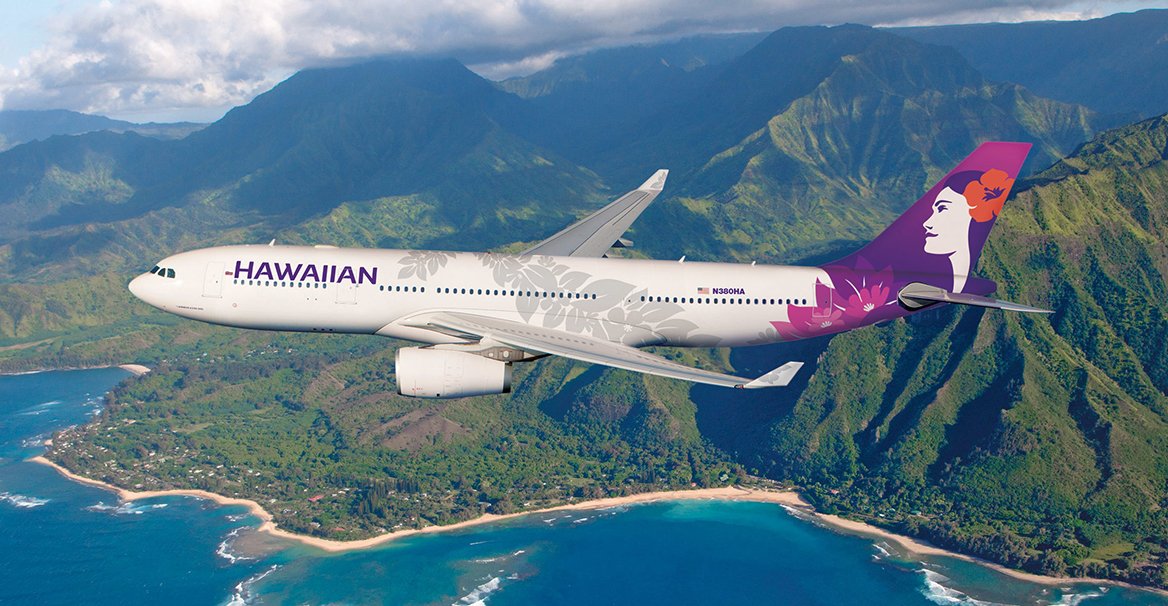
On Thursday, the U.S. stock market fell into “correction” territory for the first time in two years. Signs of a tightening job market and rising interest rates appear to have sparked this crisis of confidence, as more investors are wondering whether stocks have become overvalued.
However, some stocks were already quite cheap before the recent market sell-off and are now even cheaper. Hawaiian Holdings (NASDAQ: HA) and JetBlue Airways (NASDAQ: JBLU) look particularly appealing because they’re both well-positioned to capitalize on the current market turmoil by ramping up share buybacks.
Two cheap stocks in an expensive market
Right now, the S&P 500 trades for about 18 times forward earnings. That’s expensive by historical standards. The typical market multiple is less than 15 times earnings.
By contrast, JetBlue Airways stock trades for around 10 times forward earnings, based on the average 2018 analyst earnings estimate of $1.92. These estimates have been creeping up recently after JetBlue handily beat its guidance for revenue per available seat mile (RASM) last quarter, and forecast that RASM will rise 2.5%-5.5% in the first quarter.
Hawaiian Holdings stock is even cheaper. It currently trades for just seven times forward earnings. Furthermore, analysts’ 2018 earnings estimates have surged by more than 10% over the past month. In conjunction with Hawaiian’s recent fourth-quarter earnings report, management stated that unit costs will rise less than previously expected in 2018. Meanwhile, RASM continues to increase, even though Hawaiian Airlines faces an uptick in competition on routes between the West Coast and Hawaii.
Additionally, 2018 shouldn’t represent “peak earnings” for either company. JetBlue has massive growth opportunities in Boston and Fort Lauderdale, while its Mint premium transcontinental service continues to win over travelers. It’s also analyzing the possibility of entering the transatlantic market with new, longer-range planes.
Hawaiian Airlines also has lots of room to expand, especially in Asia, where it will benefit from growing travel demand. In the U.S., it has opportunities to use smaller aircraft to boost the profitability of some of its existing routes and tap into midsize markets that it hasn’t been able to serve previously.
Rising interest rates won’t hurt these airlines
JetBlue Airways and Hawaiian Holdings are also much less reliant on debt than many of their peers. As a result, higher interest rates won’t have much of a direct impact on either one.
JetBlue ended 2017 with net debt of about $500 million — considerably less than its annual operating profit of $1 billion. Hawaiian Holdings had net debt of just $111 million at year-end compared to annual operating income of nearly $500 million.

In short, both companies have very strong balance sheets today. (That wasn’t the case just five years ago.) Furthermore, JetBlue and Hawaiian both generate more than enough cash to fund their planned aircraft purchases. If market conditions are favorable, they can issue more debt, but they certainly have no need to do so.
Ready to take advantage of share-price weakness
Both JetBlue Airways and Hawaiian Holdings replenished their share-repurchase authorizations in late 2017. That’s one more thing for investors to like about these two companies in the current market environment, as they can “buy the dips” in their own shares.
JetBlue’s board has approved $750 million of buybacks for the 2018-2019 period, enough to shrink the share count by more than 10%. Hawaiian Holdings’ new buyback authorization also runs through 2019 and allows the company to repurchase up to $100 million of stock (roughly 5% of its outstanding shares).
JetBlue and Hawaiian are two of the best-positioned U.S. airlines. They have significant competitive advantages in the regions they serve and meaningful long-term growth opportunities. Moreover, both stocks are cheap and face no threat from rising interest rates. As a result, shares of JetBlue Airways and Hawaiian Holdings are likely to climb significantly higher in the coming years.

